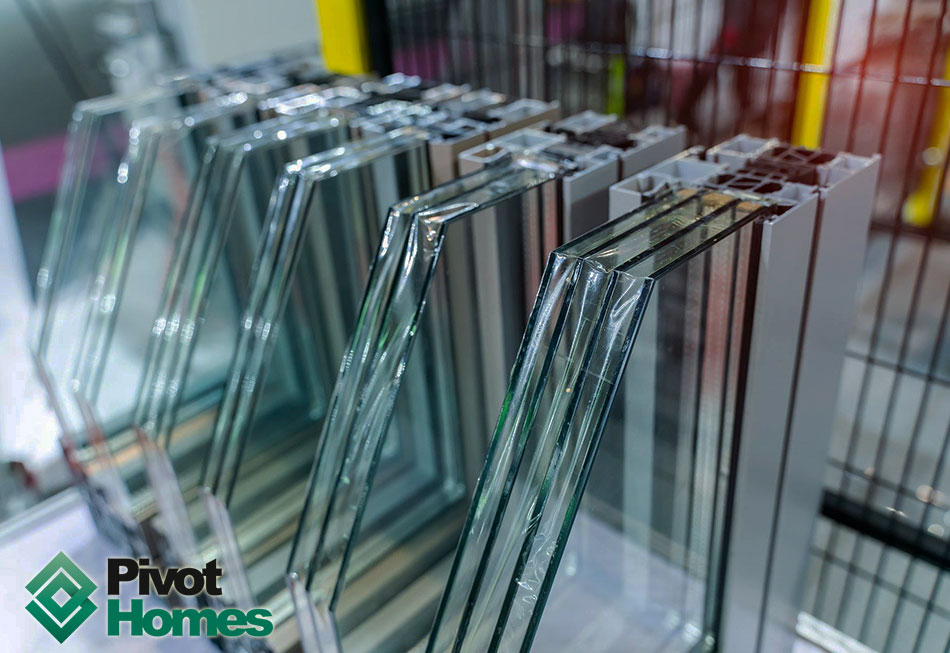All Categories
Featured
Table of Contents
Single, Double Or Secondary Glazing, Which Is The Best ... in Thornlie WA
That window can transfer more solar heat in winter than in summertime. A west-facing window on a summer season's afternoon has an angle of incidence from near 0 up to 30 with a big effective location of solar radiation. A north-facing window, in summer season, has a high angle of incidence and a low effective location of solar radiation, so can transmit less heat than a west-facing one.

You can quickly and quickly enhance the thermal performance of your home by changing your windows. There are thousands of types of glass and frames to select from.
Summer Scorcher Predicted, Again! Double Glazed ... in Gooseberry Hill WA
Single glazing with clear glass is not extremely efficient when it comes to heat loss or gain. To enhance efficiency, you can utilize single glazing with a more energy-efficient type of glass such as low emissivity (low-e) glass.
Several layers can be assembled with sealed cavities in between each sheet of glass. IGUs normally provide better energy performance than single glazing, due to the fact that they transfer less energy. The energy performance of IGUs likewise depends on: the properties of each layer of glass. Various glass types (for instance, clear and low-e glass) can be assembled in an IGU.
What Is The Best Glazing For My Home? - Part 2 in Joondanna Perth

IGU cavities can be filled with air or a more inert, low-conductivity gas such as argon the width of the cavity. Cavity thickness is normally 6 to 18mm. Wider cavities provide lower (better) U worths, with 12mm usually accepted as the preferred space how well the cavity is sealed. Cavities must be dry and well sealed to prevent wetness getting in.
If argon is set up to the cavity in place of air, wetness is reliably left out the level of desiccant (drying agent). The spacer (metal or polymer strip) that separates the glass layers includes a desiccant to absorb any wetness. Insufficient desiccant may trigger wetness to condense on the glass surface in cold conditions, reducing thermal efficiency.
Carnegie 3163, Vic. Amazing Service By Aps Double Glazing in Henley Brook Perth
IGUs can deliver much better energy performance for all climates, specifically in heated and air-conditioned homes. Cross-section detail of single, double and triple-glazing units Low emissivity glass (frequently known as low-e glass) decreases heat transfer. Low-e glass may be either high or low transmission: High transmission low-e glass has a finish that permits daylight from the sun to pass into the house to attain good solar heat gain, however lowers the amount of the long wavelength infrared heat that can leave back through the window.
Low-e glass has either a pyrolytic covering or a vacuum-deposited thin movie metal covering. Pyrolytic coverings are resilient and can be utilized for any glazing; vacuum-deposited finishes are soft and are only used within IGUs. Low-e finishes can substantially improve both U worth and SHGC; however, they need to be utilized properly or they will either deteriorate or fail to carry out as needed.
Glazing in Duncraig Perth
Low-e coatings can be used in combination with clear, toned or reflective glass. Low-e coverings on glazing can decrease heat transfer where required Photo: Department of Industry, Science, Energy and Resources Toned glass has colouring additives included during manufacture. It is offered in different colours, generally bronze, grey, blue and green.
Table of Contents
Latest Posts
How Much Money Does Double New Glazing Save? in Piesse Brook Western Australia
Does Double Glazing Reduce Heat In Summer Uk? in Hocking Western Australia
Summer House Windows Online - Windows24.com in WA
More
Latest Posts
How Much Money Does Double New Glazing Save? in Piesse Brook Western Australia
Does Double Glazing Reduce Heat In Summer Uk? in Hocking Western Australia
Summer House Windows Online - Windows24.com in WA